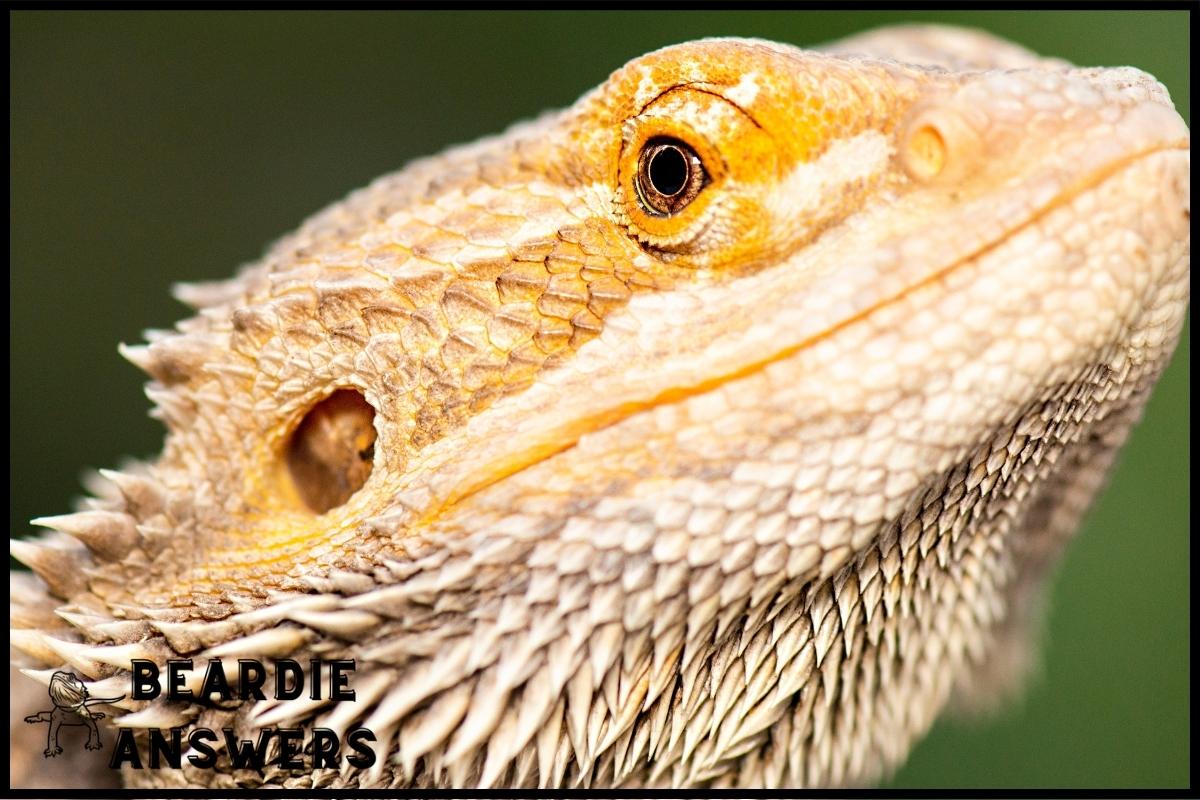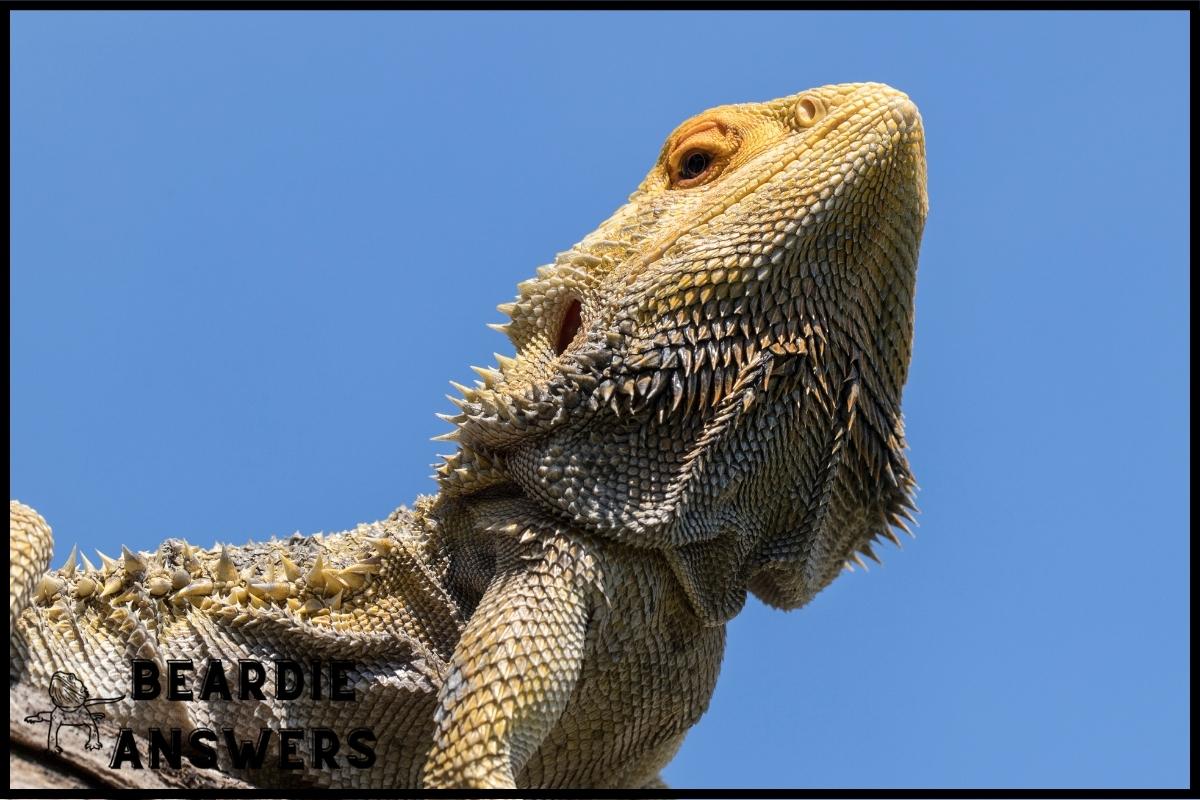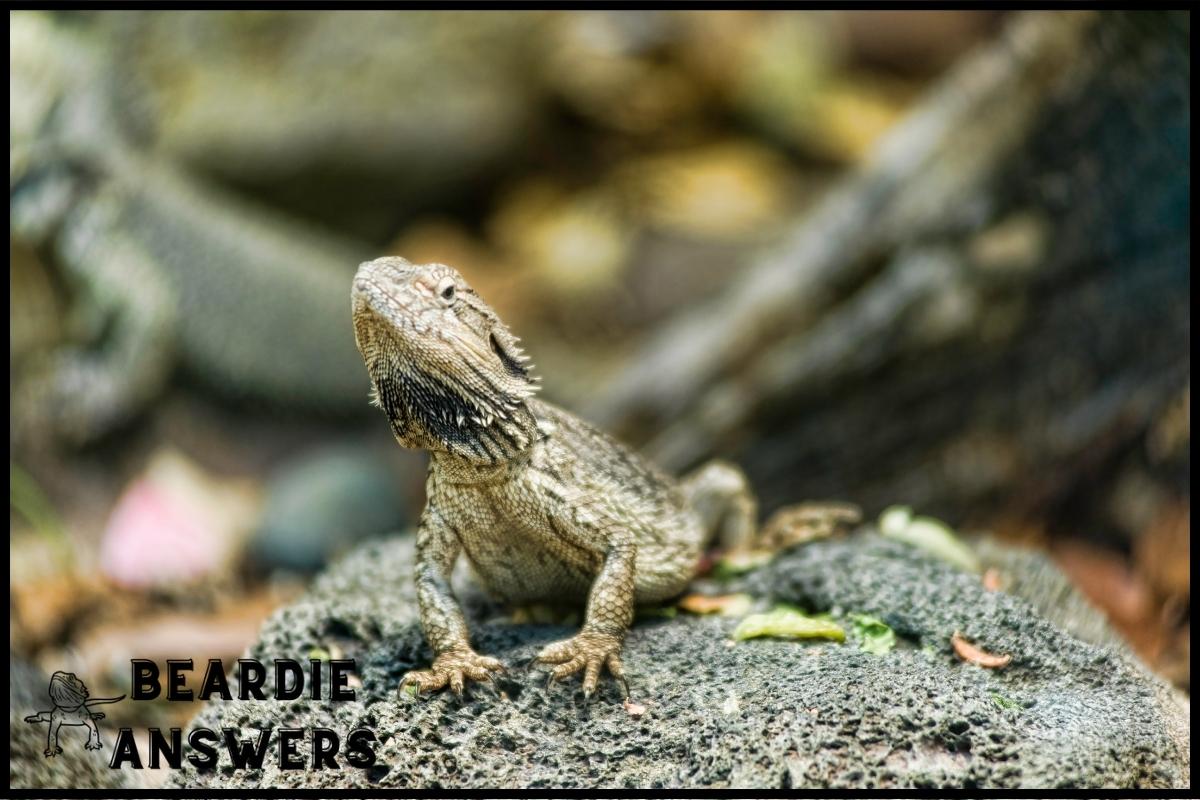Bearded dragon bed ideas: Bearded dragon enclosures can be customized with various natural decorations such as rocks, branches, and plants to create a comfortable and stimulating environment. In addition, pet owners can also choose different substrates, such as reptile carpet, paper towels, or soil, depending on their preference and the lizard’s needs.
Bearded dragons are becoming increasingly popular pets, due to their friendly and easy-going nature. Creating the right environment for them is essential if you want your pet bearded dragon to be healthy and happy.
In this article, we’ll take a look at some great ideas for decorating enclosures so that they provide a comfortable and stimulating habitat for these fascinating creatures. From rocks and branches to plants and natural materials – there’s plenty of ways in which you can enhance an enclosure by adding decorative elements with your bearded dragon’s needs in mind.
We’ll discuss the different types of decorations available and how best to use them to create the perfect home for your furry friend!
What You'll Learn
Overview Of Bearded Dragon Enclosures
Although it may seem intimidating to create a comfortable and stimulating environment for your bearded dragon, the process is actually quite simple. With just a few considerations of lighting requirements, temperature needs, diet considerations, social behavior, and humidity levels in mind, you can easily design an enclosure that meets all of these needs.
When deciding on decorations for your bearded dragon’s home, there are several types of rocks that can be used to create interesting visual elements as well as provide beneficial features like hiding spots or basking areas for your pet.
While many people think about plants when considering decoration options for their enclosures, rocks offer unique advantages that make them an ideal choice.
Next we will explore what kinds of rocks should be considered when designing a bearded dragon habitat.
Types Of Rocks To Use
When considering rock types for a bearded dragon bed, it’s important to consider whether the enclosure is being used indoors or outdoors. Rocks that are safe and porous should be chosen; some popular options include sandstone, limestone, and slate.
For indoor enclosures where humidity levels can be maintained more easily, using sedimentary rocks such as shale can help create an aesthetically pleasing environment.
In addition to selecting appropriate rock types, there are several decoration tips to keep in mind when designing a bearded dragon bed.
Lighting considerations are key – ensure the lights provide adequate warmth while not causing discomfort due to too much direct heat.
When choosing substrate options, use materials like coconut fiber or reptile-safe soil which will hold moisture comfortably but also allow your pet easy access in burrowing activities.
Branches To Include
The possibilities for branches to include in a bearded dragon bed are practically limitless! You could stock your enclosure with enough sticks and limbs to create an entire forest of suitable perches.
Choosing the right size is important when considering which branches to use; you want something that’s sturdy enough for climbing, but not so thick or heavy that it won’t fit into the space available.
Creating texture by adding multiple lengths and types of wood can also provide interesting surfaces for your beardie to explore and climb. Adding color can be accomplished with carefully chosen pieces, as some woods have more vibrant hues than others.
Providing shelter is another important factor to consider when selecting branches, as they should offer safe hiding spots from predators or other potential threats. All these features combined result in a natural environment where your pet will feel secure and content.
Plant Options
When it comes to succulents, they’re a great way to add color and texture to a bearded dragon’s enclosure. Ferns are a great option, too – they make great additions to the environment and provide some much-needed shade. Woody vines can be a great option for bearded dragon enclosures, too – they can help create a stimulating environment and provide lots of places to explore.
Succulents
Succulents provide an aesthetically pleasing way to decorate a bearded dragon enclosure.
They are low-maintenance plants that require bright, indirect lighting and temperatures between 70°F – 95°F (21°C – 35°C).
Depending on the specific succulent species, they can be planted in soil or with special cactus potting mix as substrate choices.
With their variety of shapes and colors, these hardy plants are sure to make a statement in any reptile’s habitat!
Ferns
Now let’s take a look at ferns, another great option for bearded dragon habitats.
When selecting ferns, it’s important to make sure they’re easy to care for and fit the size of your enclosure. Watering frequency will depend on the type of fern you choose – some prefer more moisture than others – so be sure to properly identify each species before making a purchase.
Generally speaking, these plants need bright indirect sunlight and ample humidity levels in order to thrive. With the right setup, ferns can add an extra layer of lushness to any reptile habitat!
Woody Vines
Woody vines are another great option for bearded dragon habitats. They add a touch of texture to the enclosure with their wood-like look, and they’re easy to care for.
Plus, when paired with warm lighting or artificial plants, these vines create an inviting environment that your pet will love!
Just make sure you monitor water levels and adjust as needed – remember, too much moisture can cause issues for certain species.
So if you’re looking for something new to spruce up your reptile habitat, why not give woody vines a try?
Other Natural Decoration
The use of plants is an important part of creating a comfortable and stimulating environment for your bearded dragon, but there are many other natural decoration options that can be incorporated.
Hiding spots such as logs, caves, or crevices made from rocks can provide great places to hide and explore.
Water sources like shallow dishes with clean water should also be provided.
Adding lighting effects such as UVB bulbs will help create the right basking areas in addition to providing substrate choices like sand, soil, and moss for your pet to roam around on.
With all these elements combined you’ll have everything you need to set up the perfect habitat for your beardie!
Setting Up The Environment
Setting up the environment for your bearded dragon is an important step. It’s essential to provide them with a comfortable and stimulating home in order to keep them happy and healthy.
To do so, you need to consider their heat requirements, humidity levels, substrate options, lighting needs, and temperature control:
- Heat Requirements: Bearded dragons require temperatures of 90-110 degrees Fahrenheit during the day and 70-80 degrees at night. A basking lamp should be used during the day to ensure they get enough warmth.
- Humidity Levels: Keep humidity levels between 20%-40% when possible as it provides optimal conditions for shedding old skin and growing new ones.
- Substrate Options: Your bearded dragon will appreciate a variety of substrates like sand or soil mixtures for burrowing but make sure that these materials are free from any chemicals or toxins which can harm them.
- Lighting Needs: UVB lights help your bearded dragon produce vitamin D3 needed for calcium absorption while natural sunlight also helps meet this requirement if available outside enclosure windows or skylights.
- Temperature Control: Ensure proper temperature regulation by using thermostats, thermometers, and other tools that monitor environmental conditions within their enclosure accurately – especially during extreme weather changes throughout seasons!
Overall, providing the right kind of environment is key in keeping your pet healthy and contented. With the above guidelines taken into consideration, you can create a safe space where your beardie can thrive!
Conclusion
In conclusion, creating a comfortable and stimulating environment for your bearded dragon is key to their health and wellbeing. With the right enclosure design, you can provide them with an appealing home that will make them feel safe and secure.
When selecting rocks, branches, plants, and other natural decorations for the enclosure, be sure to pick items that are not toxic or sharp to keep your beardie safe. Additionally, remember the old adage “variety is the spice of life” when setting up their habitat; this way they have plenty of new things to explore.
By taking these tips into consideration when designing your bearded dragon’s enclosure, you can create a cozy space where they can thrive for years to come.

Hi! My name is Bryan, I am the “one behind the words” here are BeardieAnswers.com. I believe that providing quality care and nutrition is the best way to ensure the health of your pet. Every beardie is special and deserves the best care and attention. If you have questions about your bearded dragon, please don’t hesitate to ask! View My Full Author Page




